“Experience is simply the name we give our mistakes”
Oscar Wilde
Making mistakes is normal and quite often unavoidable. Whether it’s real life or WordPress, mistakes happen everywhere. In fact, to err is not a crime – however, not learning from it and not trying to avoid it again definitely is. Everyone learn from their mistakes, but it is much more efficient to learn from the mistakes of others. Brush up on what other people are doing wrong with WordPress in order to prevent yourself from encountering the same blunders on your own site.
Despite all the advantages associated with WordPress, it’s easy to make mistakes ranging from minor to catastrophic. Because getting your WordPress website up and running is so simple these days, many important things often aren’t taken care of by WordPress first-time users. Leaving these settings in their default state usually lead to numerous security vulnerabilities and affect a website in the long run. So, without further ado, let’s start with the most common WordPress mistakes.
1. Choosing the Wrong Platform
 Most of WordPress newcomers often get confused between WordPress.com and WordPress.org, and it’s one of the most common mistakes. As both of them have their own ins and outs, it’s a big challenge for most newbies to decide which option is perfect for you. WordPress.com and WordPress.org are completely different things. In case you are looking only for basic blog features and tools, and you are quite sure that there will be no need in adding more customizations – WordPress.com might be the right choice in this case. However, if you plan to have a total control over the code of your website and you want it to be self-hosted with huge space and unlimited editing options – choose WordPress.org.
Most of WordPress newcomers often get confused between WordPress.com and WordPress.org, and it’s one of the most common mistakes. As both of them have their own ins and outs, it’s a big challenge for most newbies to decide which option is perfect for you. WordPress.com and WordPress.org are completely different things. In case you are looking only for basic blog features and tools, and you are quite sure that there will be no need in adding more customizations – WordPress.com might be the right choice in this case. However, if you plan to have a total control over the code of your website and you want it to be self-hosted with huge space and unlimited editing options – choose WordPress.org.
2. Not Renaming an Admin Account
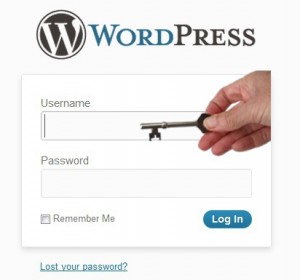 When setting up a WordPress website, many do not enter a personalized username and by default stay assigned with the “admin” username. It is the most predictable username for hackers and not changing it leaves the door open for surprises. Consequently, it’s of crucial importance to give your website admin account a different name (e.g. your name, the name of the person who’s going to be looking after the maintenance of the site) using a combination of numbers, letters and special characters. So, while installing WordPress, make sure to change your default WordPress admin username and therefore, create a unique key to opening your site that no one else has.
When setting up a WordPress website, many do not enter a personalized username and by default stay assigned with the “admin” username. It is the most predictable username for hackers and not changing it leaves the door open for surprises. Consequently, it’s of crucial importance to give your website admin account a different name (e.g. your name, the name of the person who’s going to be looking after the maintenance of the site) using a combination of numbers, letters and special characters. So, while installing WordPress, make sure to change your default WordPress admin username and therefore, create a unique key to opening your site that no one else has.
3. Ignoring Regular Backups
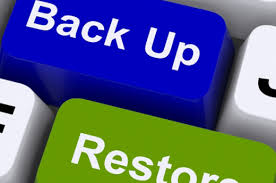 Nothing works perfectly – it does ring true even in the world of technology. Crashes, attacks and hacks tend to happen. And if you are unprepared, you may probably face a very painful situation. The bottom line is to always backup your WordPress website at regular interval so that you can restore it to its most recent healthy state. Should anything happen with it – you have all your database saved to avoid the risk of losing a lion’s share of the content. To be specific, there are 2 ways for you to choose from. You can backup your site manually. Go to Tools -> Export and choose what you want to back up. To make your life easier, you can make use of an automatic backup plugins like BackUpWordPress, BackWPup, WordPress Ez Backup.
Nothing works perfectly – it does ring true even in the world of technology. Crashes, attacks and hacks tend to happen. And if you are unprepared, you may probably face a very painful situation. The bottom line is to always backup your WordPress website at regular interval so that you can restore it to its most recent healthy state. Should anything happen with it – you have all your database saved to avoid the risk of losing a lion’s share of the content. To be specific, there are 2 ways for you to choose from. You can backup your site manually. Go to Tools -> Export and choose what you want to back up. To make your life easier, you can make use of an automatic backup plugins like BackUpWordPress, BackWPup, WordPress Ez Backup.
4. Installing Too Many Plugins
 Representing the beating heart of WordPress, plugins have played an enormous part in the explosive growth of king of the CMS kingdom. Without its plugins, WordPress is a relatively limited platform. If you are thinking of using several plugins, you should know that using too many of them will impact negatively on your website. With every plugin you install you are adding a load to your website and slowing down the page load times. As well as slowing your site down, you are putting the security of your site into the hands of third party developers with each new plugin. Thus, make sure to install as many plugins as you need so that your website run smoothly.
Representing the beating heart of WordPress, plugins have played an enormous part in the explosive growth of king of the CMS kingdom. Without its plugins, WordPress is a relatively limited platform. If you are thinking of using several plugins, you should know that using too many of them will impact negatively on your website. With every plugin you install you are adding a load to your website and slowing down the page load times. As well as slowing your site down, you are putting the security of your site into the hands of third party developers with each new plugin. Thus, make sure to install as many plugins as you need so that your website run smoothly.
5. Downloading Themes/Plugins from Disreputable Sources
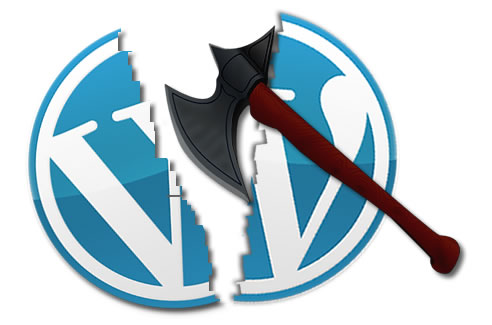 Installing a theme from an unreliable source isn’t worth the problems you may encounter in the long run. Most WordPress themes are free – currently there are over 2,600 free themes and 32,000 free WordPress plugins are available for its users. However, a significant amount of free themes are either faulty or embedded with malicious code that can be dangerous and hackers can easily get access into your website. Therefore, it is strongly recommended to either hire a professional to give a unique look to a website or invest a little money on buying a premium theme from the official supplier. The WordPress plugin repository is the most trustworthy place to download plugins. Besides, WPExplorer, Theme Hybrid and some others also contain licensed and worth downloading themes.
Installing a theme from an unreliable source isn’t worth the problems you may encounter in the long run. Most WordPress themes are free – currently there are over 2,600 free themes and 32,000 free WordPress plugins are available for its users. However, a significant amount of free themes are either faulty or embedded with malicious code that can be dangerous and hackers can easily get access into your website. Therefore, it is strongly recommended to either hire a professional to give a unique look to a website or invest a little money on buying a premium theme from the official supplier. The WordPress plugin repository is the most trustworthy place to download plugins. Besides, WPExplorer, Theme Hybrid and some others also contain licensed and worth downloading themes.
6. Not Getting Feedback from Your Readers
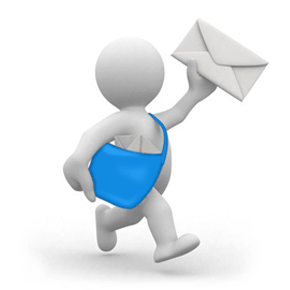 One of the most essential things in making a WordPress website interactive is to create Contact Page that gives your readers an opportunity to keep in touch with readers and find out how they like a new website or theme. They usually not only provide criticism of a page itself but can also clue you in on any glitches that might have slipped past your view. There are several ways to do that effortlessly. You can be very open and specify your email address or a phone number, or you can use one of the built in contact forms. Contact Forms allow your readers to get in touch but at the same time retain a certain degree of privacy.
One of the most essential things in making a WordPress website interactive is to create Contact Page that gives your readers an opportunity to keep in touch with readers and find out how they like a new website or theme. They usually not only provide criticism of a page itself but can also clue you in on any glitches that might have slipped past your view. There are several ways to do that effortlessly. You can be very open and specify your email address or a phone number, or you can use one of the built in contact forms. Contact Forms allow your readers to get in touch but at the same time retain a certain degree of privacy.
7. Not Making a Website Responsive
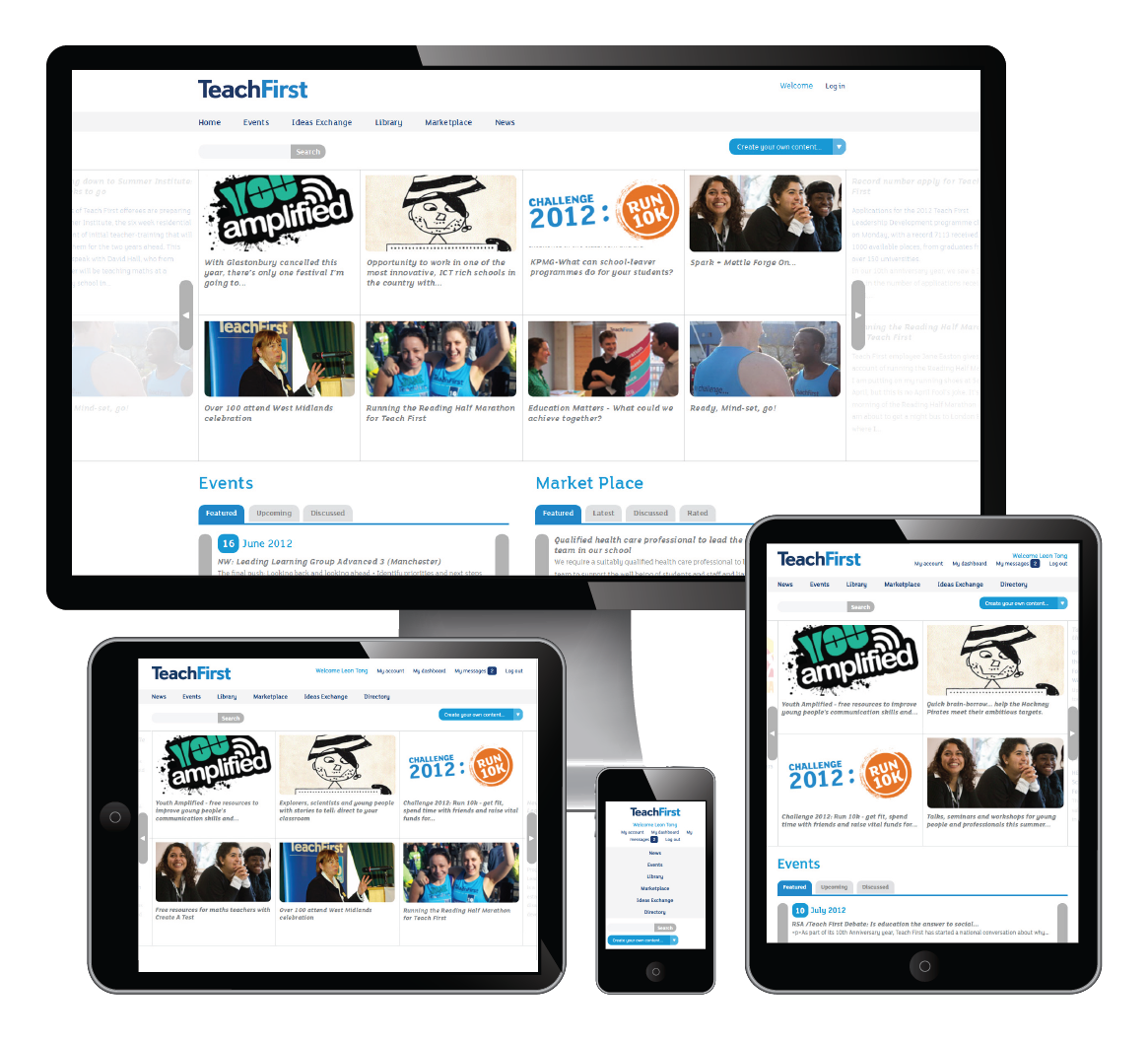 With the constantly growing number of devices, platforms, and browsers the world has gone totally tech-oriented. Does your WordPress website follow the principles of responsiveness? Can it be easily viewed on all devices, from large desktops to tablets and smartphones? If you cannot confidently say “Yes” and your website isn’t optimized – you have two options. First, you can use a WordPress theme that is responsive to smartphones, and tablets. Second, you can make your site mobile-compatible by using mobile plugins like WPtouch. It up to you to decide.
With the constantly growing number of devices, platforms, and browsers the world has gone totally tech-oriented. Does your WordPress website follow the principles of responsiveness? Can it be easily viewed on all devices, from large desktops to tablets and smartphones? If you cannot confidently say “Yes” and your website isn’t optimized – you have two options. First, you can use a WordPress theme that is responsive to smartphones, and tablets. Second, you can make your site mobile-compatible by using mobile plugins like WPtouch. It up to you to decide.
8. Not Installing Analytics
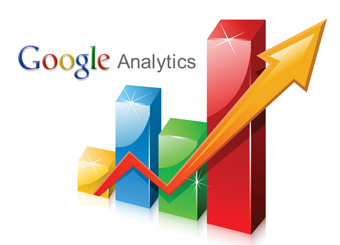
Running a website without consulting an Analytics Program is like driving a car without headlights. Such programs offer a wide range of free services that you can use to monitor your website traffic and know about the keywords that can generate more traffic to your site. Most of the times, users go with Google Analytics to highlight areas to improve on.
Words of Wisdom:
Needless to say that there are a lot more common WordPress mistakes than we have the space to mention here. Hopefully, everyone will use this guide to avoid the same blunders and make their WordPress site better, faster and more secure. Happy WordPressing!
Thinking of getting to WordPress? Have a go with aisite and switch from your current CMS solution to WordPress in record time.
What WordPress mistakes did you make from the above? You are welcome to add your own points to the list in the comments section below.










